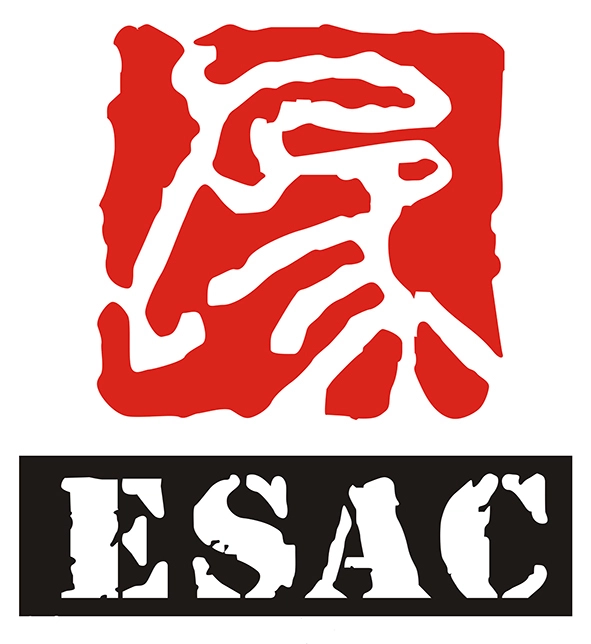5,000+ Entertainment Design Cases, 20+ years Amusement Industry Experience - ESAC Design Sales@esacart.com+086-18024817006
The Art Of Designing Fun Parks: Balancing Fun, Safety, And Accessibility
Introduction to Fun Park Design
Designing a fun park is a creative endeavor that involves a delicate balance of fun, safety, and accessibility. Fun parks are spaces where people of all ages come together to enjoy a variety of attractions, from thrilling rides to interactive exhibits. Designing a successful fun park requires careful planning and consideration of a wide range of factors, including the needs and preferences of visitors, the physical layout of the park, and the safety regulations that must be followed.
Creating Exciting and Engaging Attractions
One of the key elements of designing a fun park is creating exciting and engaging attractions that will appeal to a wide range of visitors. From roller coasters to water slides, each attraction should offer a unique and thrilling experience that will keep visitors coming back for more. Designers must consider factors such as the thrill level of the ride, the safety of the attraction, and the accessibility of the ride for visitors with disabilities. By carefully considering these factors, designers can create attractions that will delight and entertain visitors of all ages.
Ensuring Safety for All Visitors
Safety is a top priority when designing a fun park, and designers must take a proactive approach to ensuring that all visitors are safe while enjoying the attractions. This includes following strict safety regulations, conducting regular inspections of rides and attractions, and providing clear and accurate safety information to visitors. Designers must also consider the needs of visitors with disabilities and take steps to ensure that they can enjoy the attractions in a safe and accessible manner. By prioritizing safety in the design process, designers can create a fun park that is both thrilling and secure for all visitors.
Creating a Welcoming and Accessible Environment
In addition to safety, designers must also consider the accessibility of the fun park for all visitors. This includes providing ramps and pathways for visitors with mobility impairments, ensuring that all attractions are wheelchair accessible, and providing clear signage and information for visitors with sensory impairments. Designers must also consider the needs of visitors with cognitive disabilities and take steps to ensure that they can enjoy the park in a safe and comfortable environment. By creating a welcoming and accessible environment, designers can ensure that all visitors can enjoy the fun park to its fullest potential.
Enhancing the Visitor Experience Through Design
The overall design of the fun park plays a crucial role in enhancing the visitor experience and creating a memorable and enjoyable visit. From the layout of attractions to the landscaping and theming of the park, every aspect of the design should be carefully considered to create a cohesive and engaging environment. Designers must pay attention to details such as sight lines, traffic flow, and shade structures to create a comfortable and enjoyable experience for visitors. By focusing on these design elements, designers can create a fun park that is visually appealing, functional, and conducive to a positive visitor experience.
In conclusion, designing a fun park is a complex and challenging task that requires careful consideration of a wide range of factors. From creating exciting attractions to ensuring safety and accessibility for all visitors, designers must balance multiple priorities to create a fun and enjoyable park experience. By prioritizing fun, safety, and accessibility in the design process, designers can create a fun park that will delight and entertain visitors of all ages.






